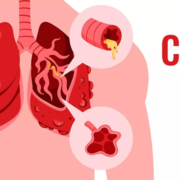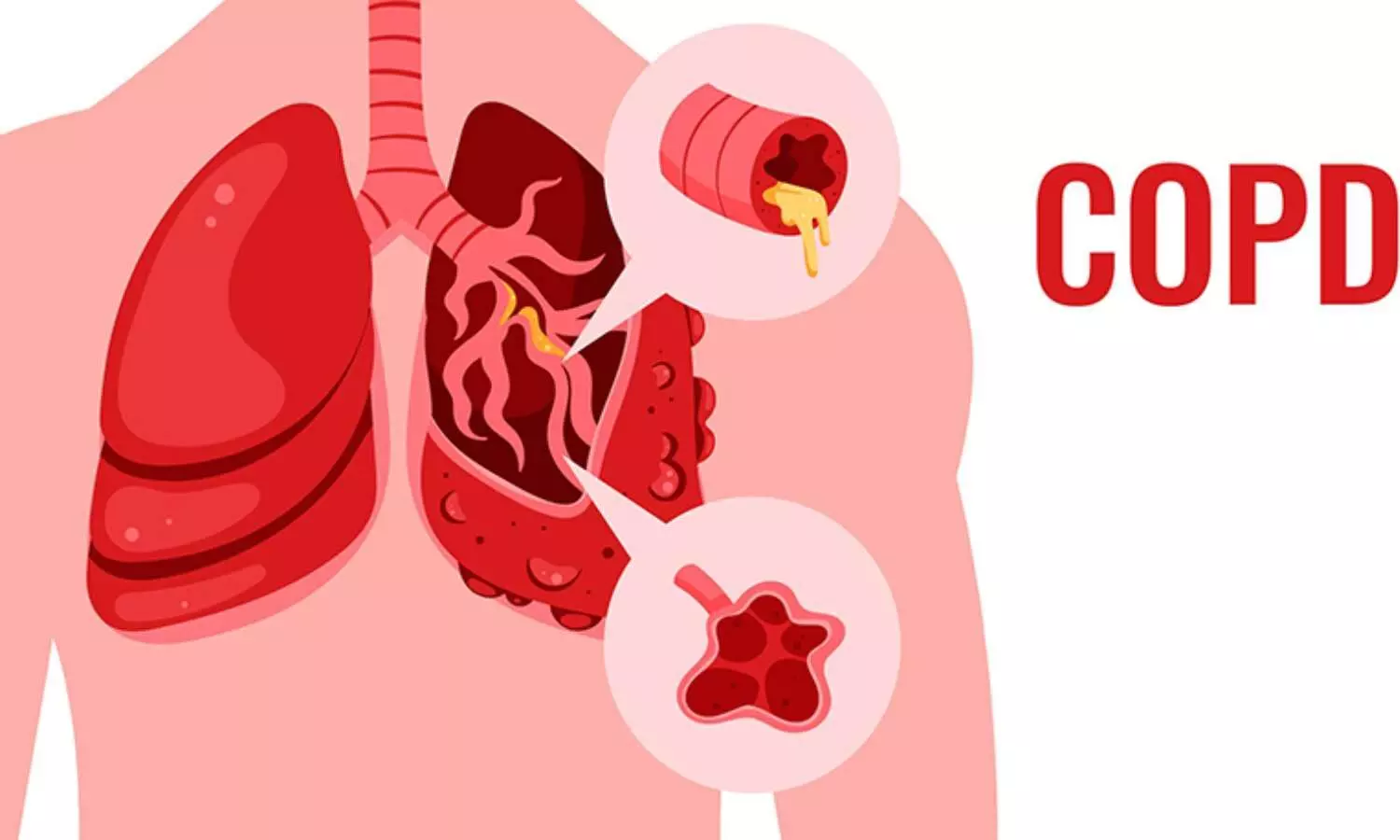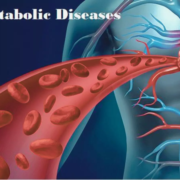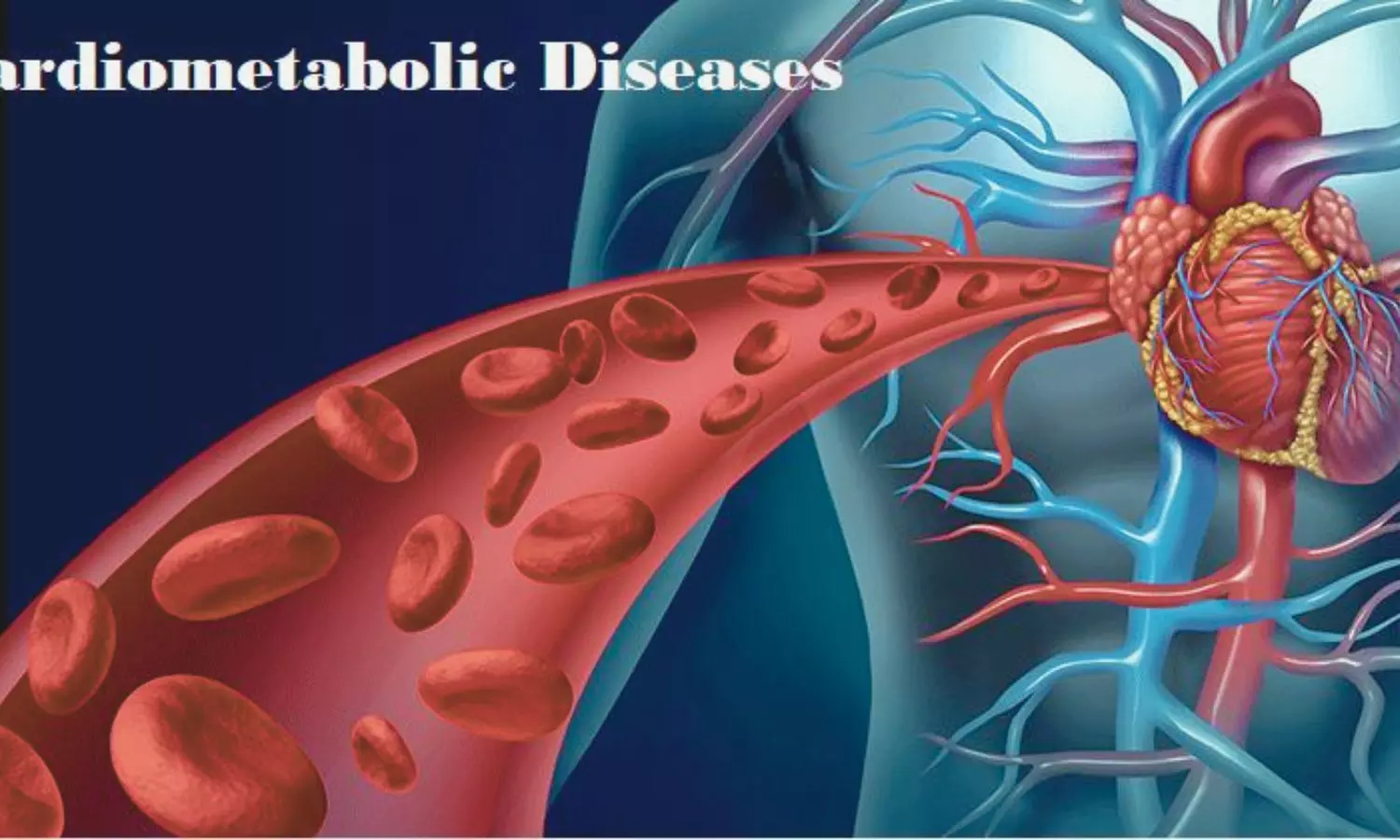Strong Leg Muscles Linked to Lower Metabolic Syndrome Risk in Obese Youth: Study

Italy: A small study published in the European Journal of Pediatrics has revealed that children and adolescents with obesity who have stronger leg muscles are at a lower risk of developing metabolic syndrome (MetS). Researchers emphasized the importance of promoting physical activity from an early age to support muscle integrity and long-term metabolic health.
The cross-sectional study, conducted by Alessandro Gatti and colleagues from the Laboratory of Adapted Motor Activity (LAMA) at the University of Pavia, examined the association between physical fitness and metabolic syndrome severity in children with obesity. Metabolic syndrome, characterized by a cluster of cardiometabolic risk factors including high blood pressure, abnormal lipid levels, and increased waist circumference, is increasingly observed in the pediatric population, particularly in those with obesity.
The researchers assessed 62 children and adolescents aged 7–17 years with a BMI z-score greater than two standard deviations. Physical fitness was evaluated across three domains: cardiorespiratory fitness, muscular strength, and speed-agility. The severity of metabolic syndrome was determined using a MetS risk score derived from BMI z-score, HDL cholesterol, systolic blood pressure, triglycerides, and fasting glucose.
Based on the study, the researchers reported the following findings:
- Lower limb muscular strength, assessed through the standing broad jump test, was significantly linked to reduced odds of metabolic syndrome.
- A 1 standard deviation (24 cm) increase in jump distance was associated with a 53% lower risk (OR: 0.47).
- Cardiorespiratory fitness and speed-agility did not show significant associations with metabolic syndrome or other cardiometabolic outcomes in this group.
- Muscular strength demonstrated inverse relationships with BMI z-score, systolic blood pressure, and waist-to-height ratio.
These results emphasize the role of maintaining muscle integrity in supporting metabolic health during childhood and adolescence.
The authors noted that while the sample size was relatively small, the study maintained sufficient statistical power and followed strict ethical and methodological guidelines, including the STROBE recommendations. They acknowledged that the cross-sectional design limits causal interpretation, but the findings provide valuable insights into the linear relationship between physical fitness components and metabolic syndrome risk in children with obesity.
Importantly, this is the first study to explore these associations in Italian children and adolescents with obesity using a comprehensive battery of physical fitness tests. The findings emphasize the need to integrate muscle-strengthening activities into early-life physical activity programs to promote balanced growth, skeletal muscle health, and long-term prevention of metabolic diseases.
“Educating children about the importance of daily physical activity from a young age is crucial for fostering lifelong healthy habits,” the authors stated, adding that public health initiatives should prioritize strategies to enhance muscular strength among pediatric populations at risk.
The authors concluded, “By encouraging regular physical activity and incorporating targeted strength exercises, healthcare providers and caregivers can play a vital role in reducing metabolic risks and supporting overall health in children struggling with obesity.”
Reference:
Vandoni, M., Gatti, A., Carnevale Pellino, V. et al. Exploring the link between metabolic syndrome risk and physical fitness in children with obesity: a cross-sectional study. Eur J Pediatr 184, 497 (2025). https://doi.org/10.1007/s00431-025-06339-7
Powered by WPeMatico









